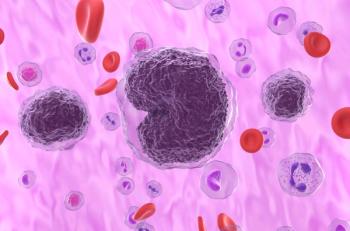
Radioactive Nanoparticles to Specifically Target Neuroblastomas
Developed at the Cancer Therapy & Research Center at The University of Texas Health Science Center at San Antonio, the technology uses tiny radioactive liposomes, inserted directly into a tumor with a thin catheter. The first-in-human trial was just initiated.
David Williams is the first human being ever to have a new radiation treatment implanted in the center of his brain tumor.
The technology, developed at the Cancer Therapy & Research Center (CTRC) at The University of Texas Health Science Center at San Antonio, uses tiny radioactive liposomes, or fat particles, only 100 nanometers across, inserted by the thinnest of catheters directly into a tumor. There they remain, radiating only a tiny distance, affecting only the tumor.
Andrew Brenner, MD, PhD, a neuro-oncologist, is leading the clinical trial at the CTRC, and expects to start the second patient on the study within a month.
At his first follow-up appointment Monday, Williams reported feeling great, and said he did not experience the side effects that one normally does after conventional radiation therapy. That technology must send its beams through healthy tissue to reach the tumor, and so must be limited in the amount of radiation it delivers.
Read the complete press release at EurekAlert!:
Newsletter
Stay ahead of policy, cost, and value—subscribe to AJMC for expert insights at the intersection of clinical care and health economics.













































